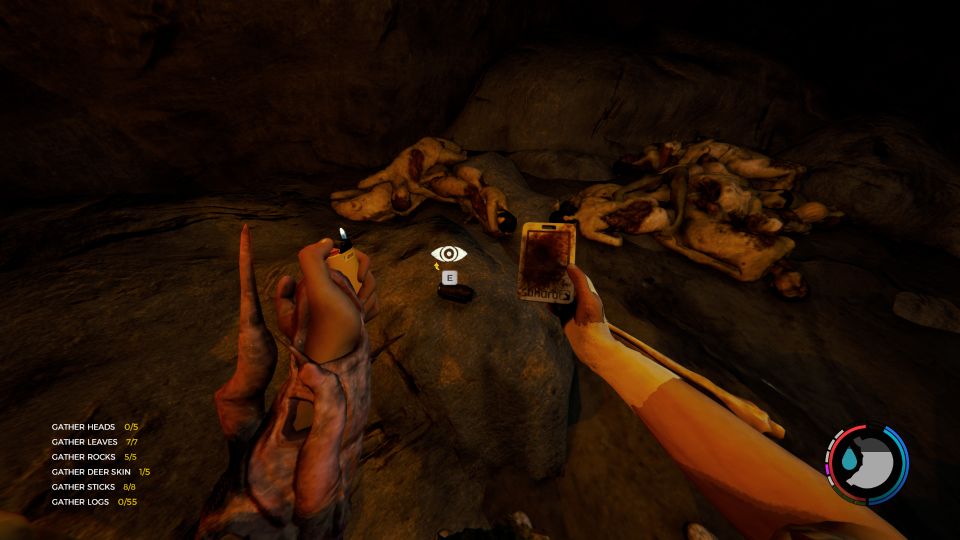
“Imagine being able to personally deliver a gift to your sister in Europe without having to wait a week,” Materdey said to the room of onlookers. The ITX team felt that, while revolutionary, drones today are missing a “real-life component.” The goal of ITX Drones was to create technology that would allow drones to more specifically respond to niche customer needs in ways that existing drones cannot-deliver medicines, provide surveillance or communicate with other drones. The second proposal, ITX Drones, was presented by Thomas Materdey, senior lecturer of engineering in the College of Science and Mathematics at the University of Massachusetts Boston. Ho explained that his team wanted to eliminate the “pain” surrounding technical limitations of existing software. Building on NASA’s hard-won knowledge in autonomous development, the goal of Mission Proteus is to enable these systems to grow much more rapidly in other industries. Proteus wants to provide a platform that unifies development tasks and workflows and allows for rapid testing.
Keycard the forest software#
The first proposal, Mission Proteus, presented by Nhut Ho, a professor and director of NASA-Sponsored Autonomy Research Center for STEAHM (ARCS) at California State University, was designed to eliminate inefficiencies in existing autonomous software development methodology.ĭevelopers designing for autonomous software face many of the same obstacles as traditional developers, but they also face unique challenges. has long been the aerospace capital of the world, and as we enter a new space economy, it continues to be, and we want to continue to build the industry here,” said Elizabeth Reynolds, managing director at Starburst Aerospace. On Wednesday, the projects were presented as business proposals as part of L.A.

In the program, students from the University of Massachusetts Boston, California State University and Fayetteville State University, along with faculty mentors, spent 10 weeks developing venture-backable businesses that have applications in multiple markets. The course was designed to serve as a platform for innovators to build businesses to support technology and economic development. NASA’s Minority Serving Institutions (MSI) partnered with Starburst Aerospace and NASA’s Jet Propulsion Lab (JPL) to work with students as part of their beta space accelerator program. NASA, however, took theirs one step further - providing $50,000 in funding to three underrepresented groups in academia. Almost every company in existence today has some sort of diversity and inclusion initiative.


 0 kommentar(er)
0 kommentar(er)
